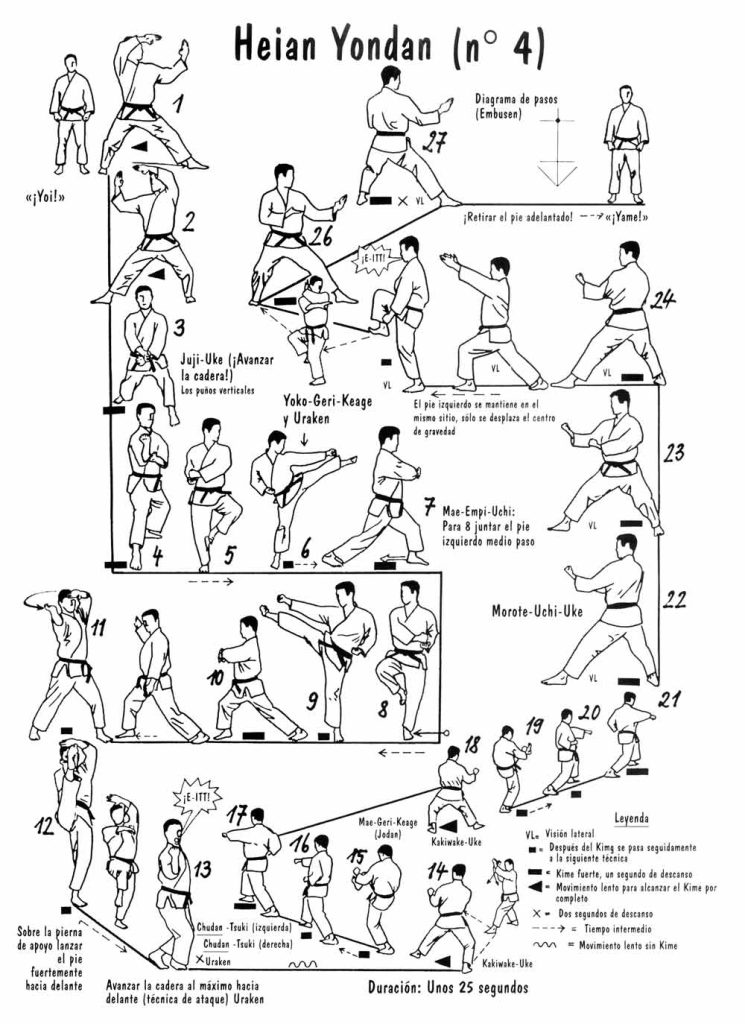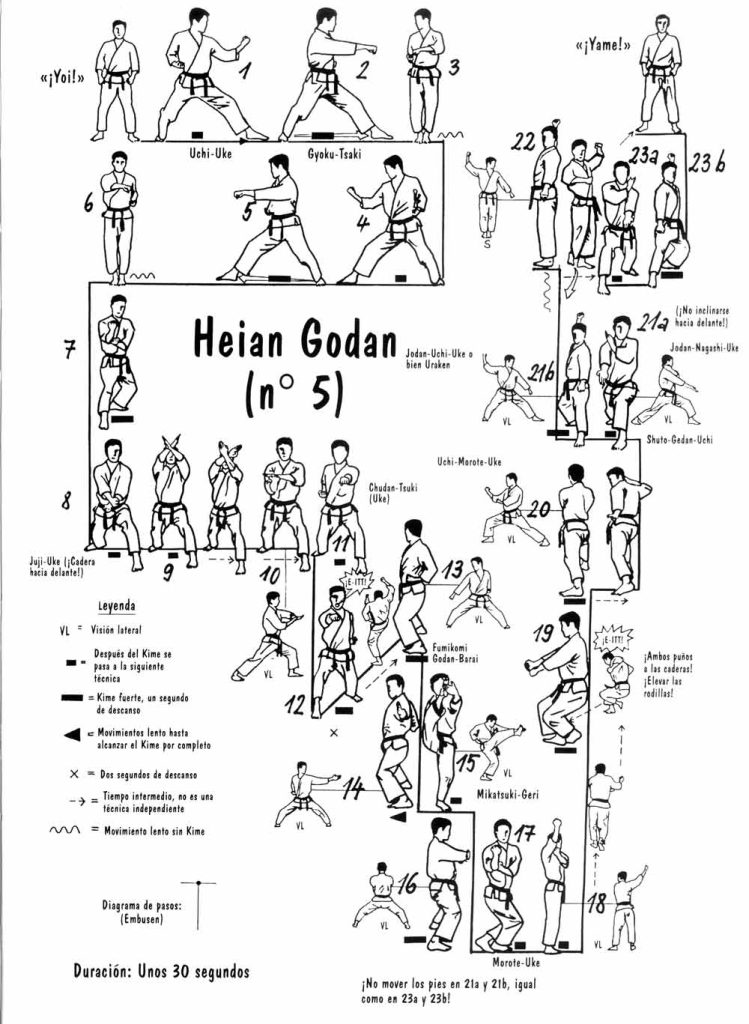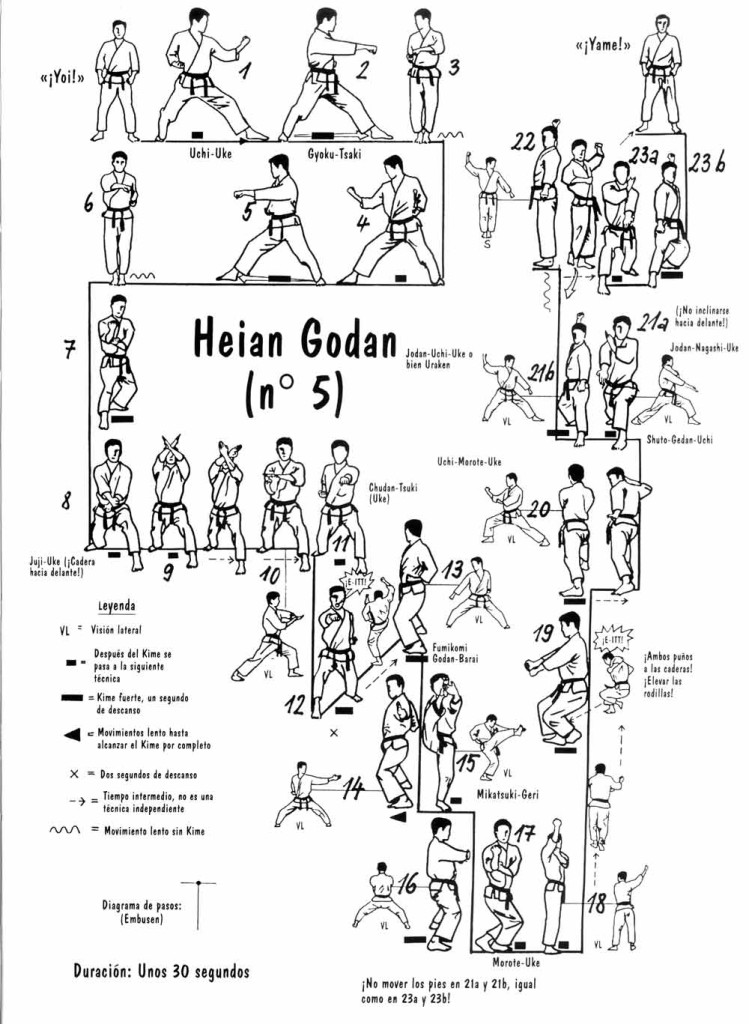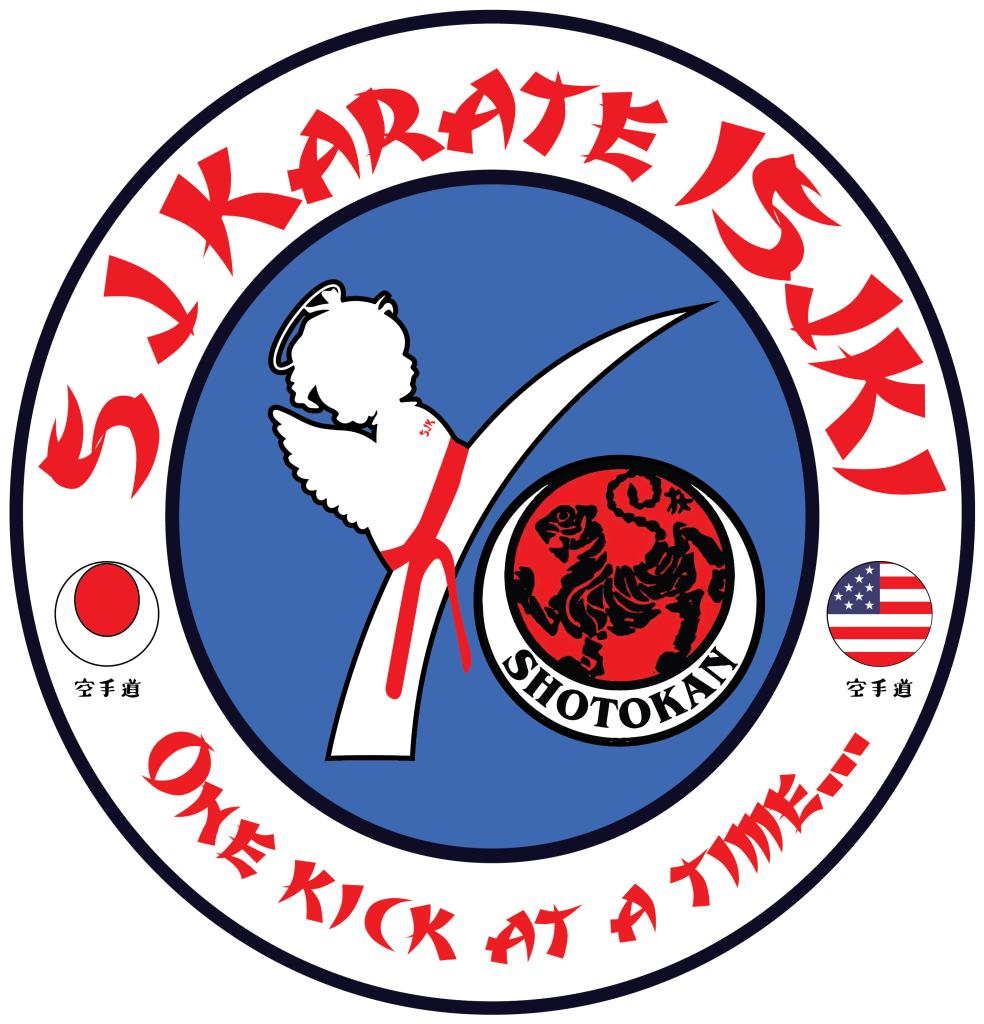Katas
SHOTOKAN KATAS (WITH VIDEO & WRITTEN INSTRUCTIONS)
- Shotokan – Taikyoku Yondan
- – Less frequently used
- Shotokan – Taikyoku Godan
- – Less frequently used
- Shotokan – Taikyoku Rokudan
- – Less frequently used
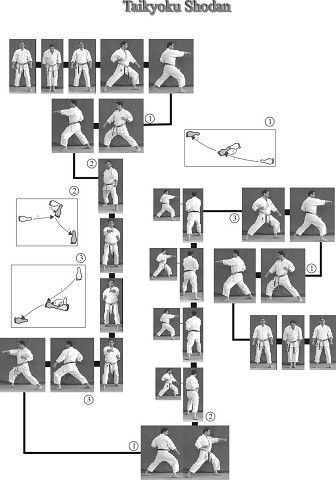

- Heian Shodan – Shotokan Kata 1
- Heian Nidan – Shotokan Kata 2
- Heian Sandan – Shotokan Kata 3
- Heian Yondan – Shotokan Kata 4
- Heian Godan – Shotokan Kata 5
- Tekki Shodan
- Tekki Nidan
- Tekki Sandan
- Bassai Dai
- Bassai Sho
- Kanku Dai
- Kanku Sho
- Enpi or Empi
- Jion
- Gankaku
- Hangetsu
- Jitte
- Chinte
- Sochin
- Meikyo
- Jiin
- Gojushiho Dai
- Gojushiho Sho
- Nijushiho
- Wankan
- Unsu
- Asai Katas (i.e. Junro kata)
- Gankaku Sho – This kata is not used by all Shotokan schools & organizations.
- Kato Katas
- Niju Hachi Ho – This kata is not used by all Shotokan schools & organizations.
- Shotokan Wheelchair Kata
Traditionally, there are 26 Shotokan katas. However, if in doubt, check with your Sensei/Instructor because some Shotokan Karate schools use slightly different kata formats and/or include additional katas from other Karate styles into their curriculum. Moreover, after the first eight katas, many Shotokan Karate schools have their kata in different orders/sequences based on the preference of the school’s Sensei.
Be aware that some Shotokan schools state that they practice 27 official Shotokan katas. Their kata list often includes Taikyoku Shodan (a kihon kata) as well as the traditional 26 Shotokan kata.
Many different Karate styles use kata in order to help students practice certain moves (i.e. kicking techniques, self-defense techniques and various strikes) as well as for improving a student’s physical conditioning, muscle memory, focus/concentration, balance, etc. Whereas some martial arts question the value of kata, most Karate schools think that kata is an essential tool in order to train karate students. For additional kata reasons and benefits, you should read our sections focused on Is Kata Useful or Useless? and the Benefits of Forms, Patterns & Kata.
To master kata, martial arts students should try to imagine that they are fighting an imaginary opponent. This allows students to practice “offensive” and “defensive” techniques (i.e. strike the imaginary opponent’s neck at the correct height and angle) versus just going through the motions in order to pass a belt test.
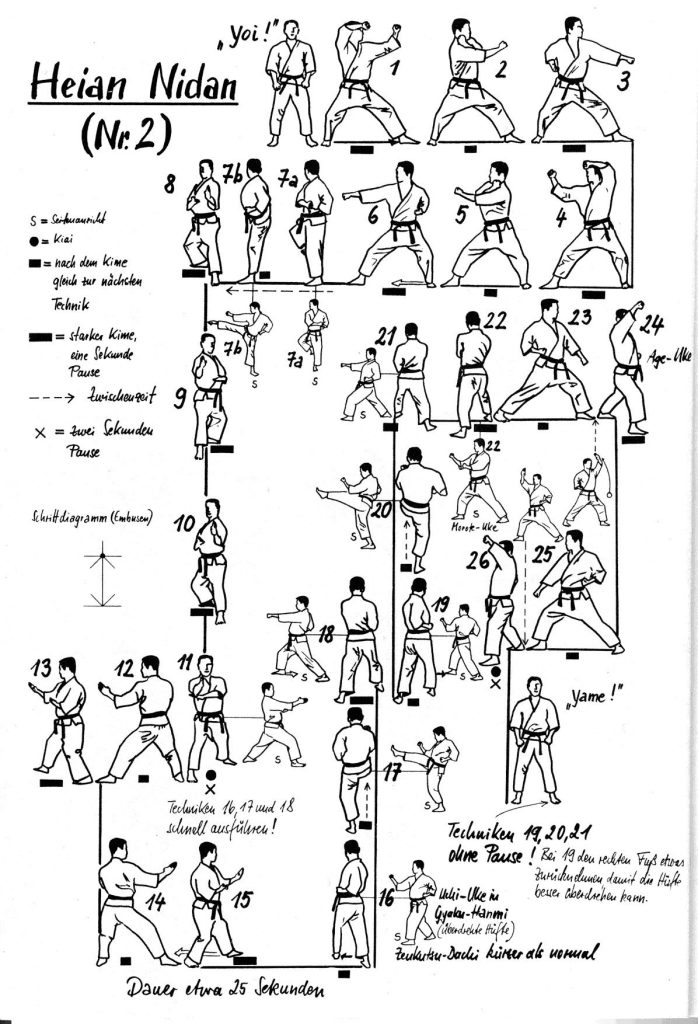
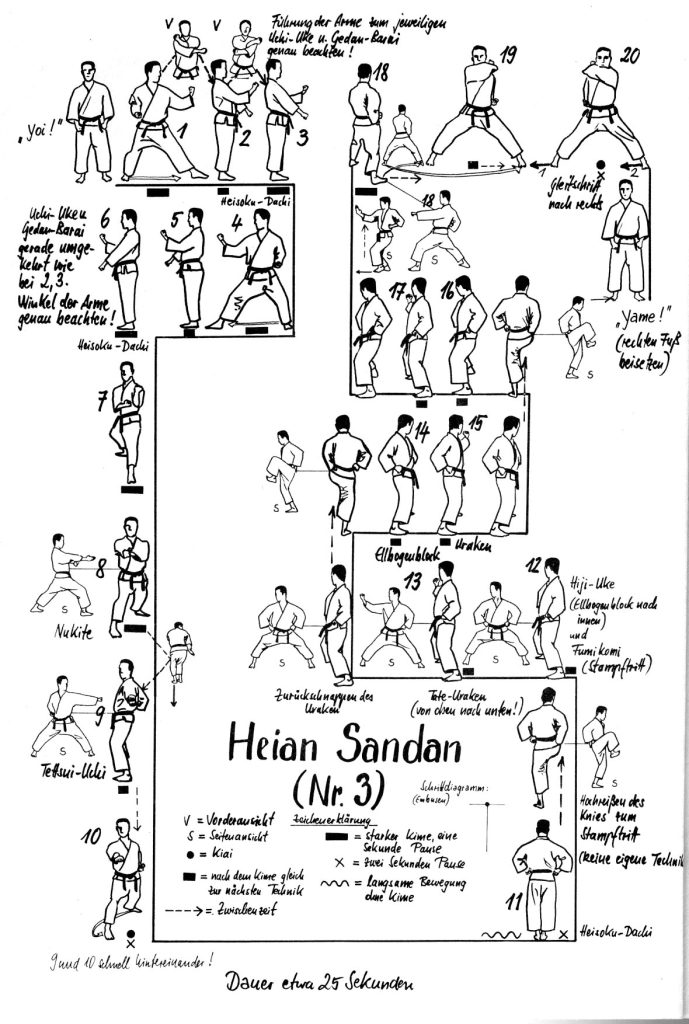
Another fitness benefit is that kata can improve a person’s balance because they need to learn and practice different stances, kicking positions, etc. Furthermore, kata can improve eye, hand and foot coordination because students need to combine a wide variety of kicks, punches and stances. Kata also has the fitness benefit of enhancing flexibility because students need to master difficult or advanced kata techniques.
Finally, kata has the fitness benefit where it can help with the athletic performance in other sports. Kata provides excellent cross training and thus improves an athlete’s overall coordination, balance, strength, stamina, etc.

